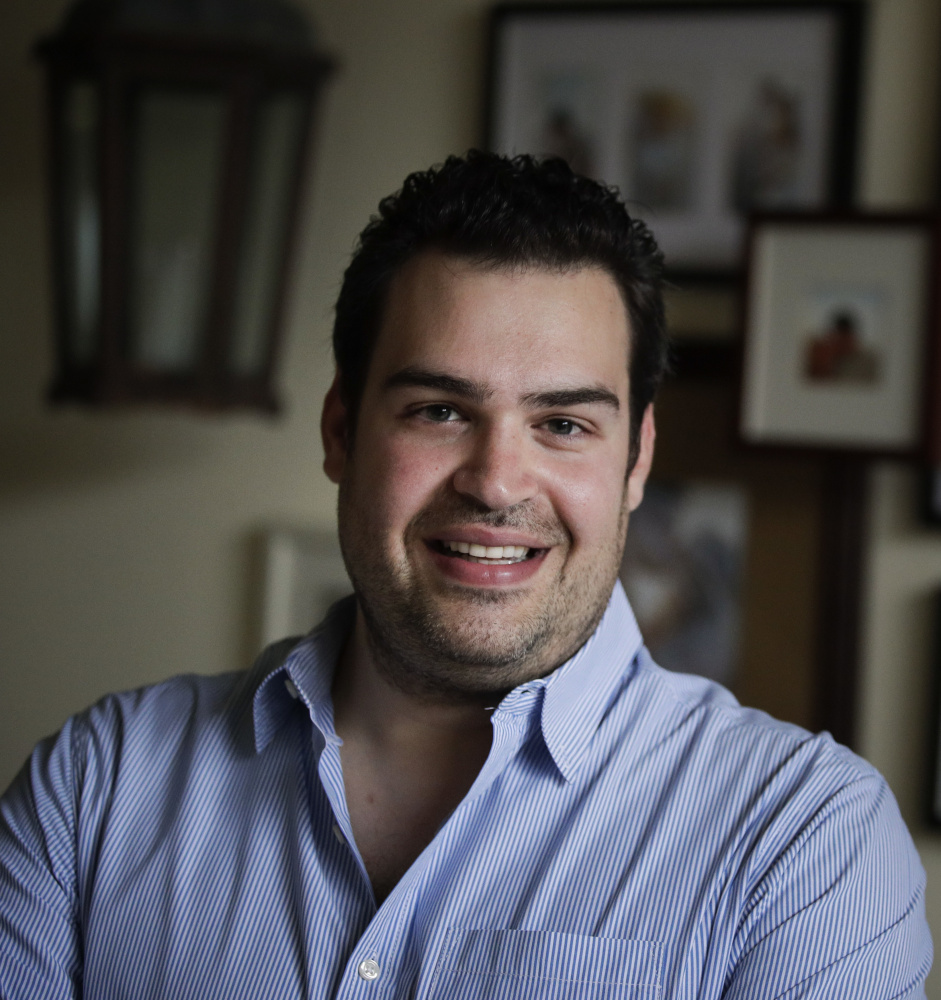NEW YORK — When Rafael Romis started his website design company five years ago, he kept enough cash on hand to last about two weeks. That worked well until the company’s income taxes had to be paid.
“Even if you have a good amount in the bank, it’s not really your money till you pay your taxes,” says Romis, owner of Weberous Web Design. “At the end of the year it disappeared, and we started the new year completely strapped.”
Romis, whose company is located in Los Angeles, had to use personal savings to restore Weberous’ cash reserves.
“Cash is king” is an axiom that business owners try to live by. If revenue isn’t coming in, and owners can’t get loans or investors, there’s no way to run day-to-day operations, buy inventory and equipment or hire workers. But many companies struggle to maintain a healthy cash flow and create a buffer for an event like a storm that keeps customers home.
Companies with cash problems often have overestimated how much revenue they’d have and underestimated expenses, says George Solomon, a George Washington University management professor. It’s especially a problem for new owners. These owners may also not be adequately prepared for the seasonality of their business, or for the slow payment practices of their customers – particularly if the customer is a government.
“They can literally have millions of dollars on their book in terms of procurement (contracts) for the federal government and literally be filing for bankruptcy,” Solomon says.
Businesses like restaurants with low profit margins are particularly at risk of running through their cash buffers, since any interruption to their revenue can put them in danger of closing. Massachusetts restaurants and retailers had a 50 percent drop in revenue between Jan. 26 and Feb. 22, 2015, when massive snowstorms hit the state, according to Boston University researchers. The Hidden Boston website that tracks restaurant openings and closings, counted 20 restaurants that shut down in the metropolitan area in March 2015, compared with 11 a year earlier and five in March 2013.
When JPMorgan Chase & Co. studied 597,000 of its small-business customers last year, it found their cash flow was lower than expected. Half the businesses had cash reserves that would last just 27 days. Restaurants had the smallest buffer, 16 days, while repair and maintenance businesses had 18 and retailers had 19. Personal service providers like hairdressers and dry cleaners had 21. The biggest buffer, 47 days, was held by real estate companies. The median small company had an average daily cash balance of $12,100, and personal service providers averaged just $5,300.
Romis says his cash flow has improved as the company has grown, and he now aims to have a two-month cash buffer. If business slows, he’s willing to take on smaller projects – ones that will bring in $8,500 compared with $10,000 for his company’s more typical jobs – to keep cash coming in. He considered using credit cards, but when he took a $7,500 cash advance on a card with a $15,000 credit line, the bank immediately reduced his limit to $7,500, eliminating that alternative.
Tate Tullis has learned to bank money during his road sign company’s busy months to give Sign Wise a buffer equal to 20 percent of its annual revenue. The 3-year-old business gets most of its sales during warmer weather, since during the winter fewer roads and parking lots are being built or overhauled.
When business drops off, the Logan, Utah, company looks at its inventory and raw materials like aluminum, assesses how much it really needs, and sells the surplus. It also does more marketing to overseas customers. All these steps leave Tullis feeling comfortable with his company’s cash position.
“If everything went south, we’d probably have enough cash for two or three months,” he says.
The recession taught many business owners some lessons about cash flow, says Thomas Basilo, a certified public accountant with Withum Smith & Brown in Morristown, New Jersey. They’ve given themselves more wiggle room negotiating flexible payment terms with vendors, sometimes as long as 90 days after an invoice is sent. They’ve also gotten better terms from lenders.
Many startup owners forgo a salary as a way to boost cash flow. But that’s a sign of trouble to Basilo – they’re not considering all the contingencies that might come up, in their personal lives as well as with their companies.
“That’s how they think when they start their business. They’re very unprepared,” he says.
Dan and Darla Robinson aim to have $30,000 in cash in the bank by October, to help run their six sweetFrog franchise yogurt shops when sales slow during colder weather. Dan Robinson estimates cash flow falls about 30 percent during the slow months.
The Robinsons, whose stores are in California and Maryland, have increased cash flow by cutting expenses, offering fewer toppings and paying off most of their debt. They have a smaller staff during the stores’ down time, and when they need new equipment they rely on their franchisor’s ability to negotiate better prices.
While they do have savings, they don’t want to tap them for cash flow.
“We pretend that the savings don’t exist,” Dan Robinson says.
Send questions/comments to the editors.



Success. Please wait for the page to reload. If the page does not reload within 5 seconds, please refresh the page.
Enter your email and password to access comments.
Hi, to comment on stories you must . This profile is in addition to your subscription and website login.
Already have a commenting profile? .
Invalid username/password.
Please check your email to confirm and complete your registration.
Only subscribers are eligible to post comments. Please subscribe or login first for digital access. Here’s why.
Use the form below to reset your password. When you've submitted your account email, we will send an email with a reset code.